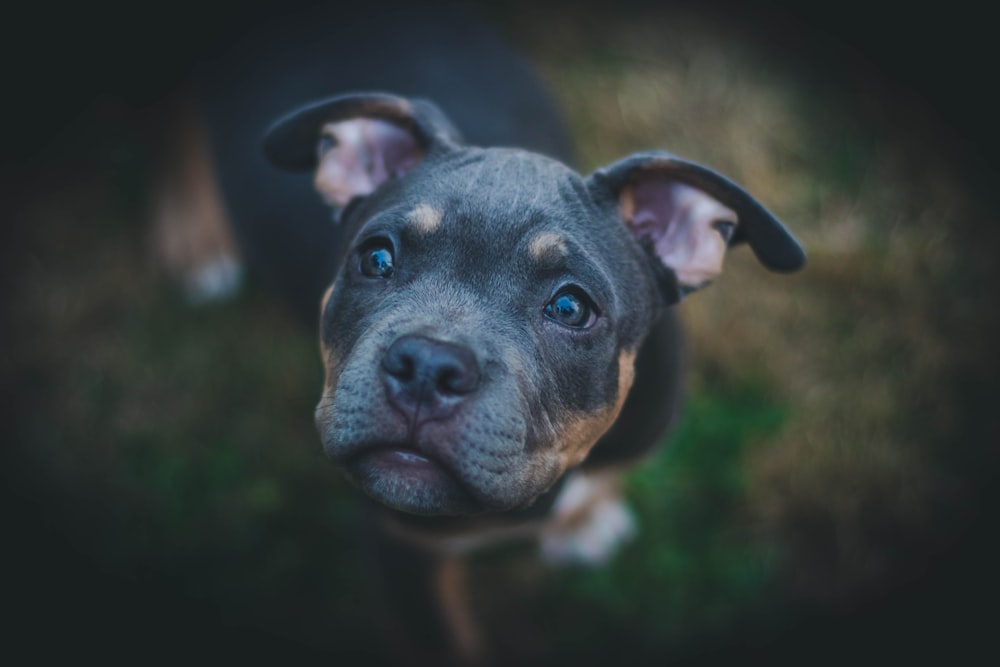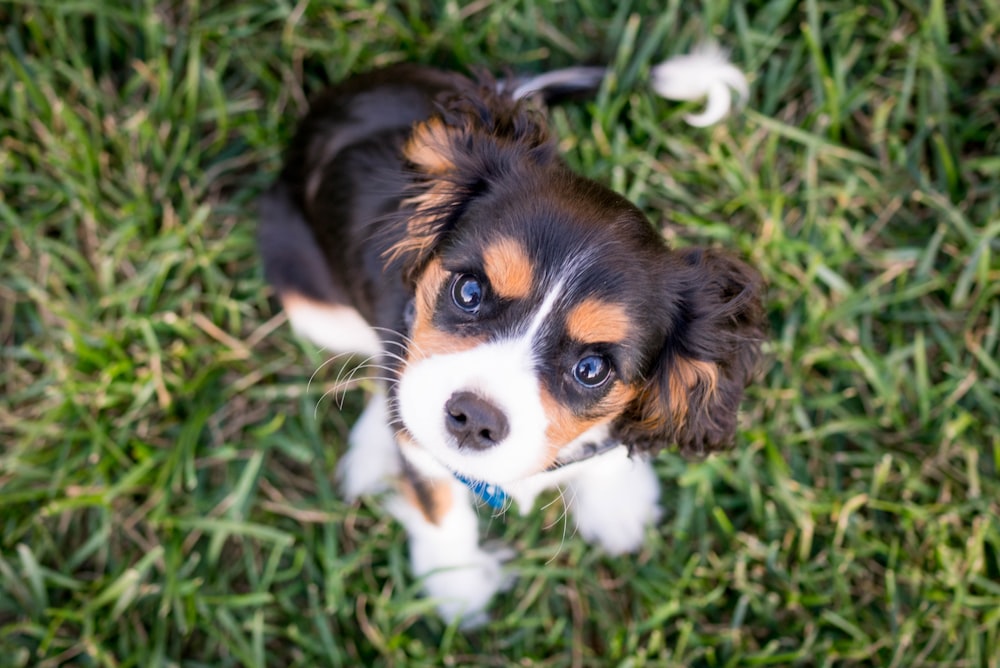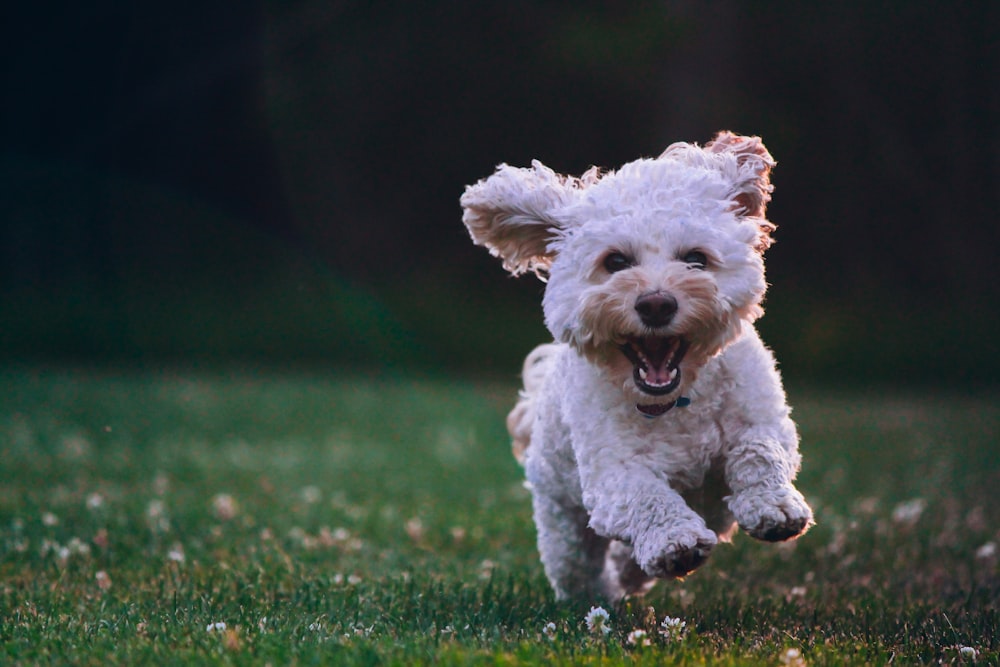For all the excitement, joy, and love a new puppy brings into our lives, they also bring a big mess. Puppies chew everything in sight and don’t come with an instruction manual on how to potty train them. While the goal of potty training is clear, how to go about doing so can be confusing. We’ve talked before about using crate training to potty train your puppy, but what about training pads? Should you use dog training pads to help potty train your puppy?

What Are Dog Training Pads?
Dog training pads, or puppy pads, are pads you set around the house for your dog to relieve themselves on. They are just one tool of many to help you potty train your dog.
Why Use Dog Training Pads?
We can all agree that the goal of potty training is to teach your puppy to go to the bathroom outside. Some say you should never use dog training pads, as they teach your dog it’s ok to go to the toilet in the house.
However, dog training pads can be helpful in certain situations, especially for smaller breed dogs. Very young puppies need frequent bathroom breaks, which can be difficult for the elderly, live in apartments, inclement weather, or otherwise cannot take their dog out dozens of times a day. If your dog’s toilet area is in a public place, you may want to use puppy pads to limit their exposure to dogs before the age of 4 months, when your dog will be fully vaccinated. Puppy pads are also helpful for an older dog with mobility issues.
How To Teach Your Dog To Use Puppy Pads
To teach your puppy to use training pads, take them to the pads frequently. If your puppy successfully relieves itself on the pads, praise them immediately. Look for signs your puppy needs to use the bathroom and quickly take them to the pad each time. Set a timer to remind yourself to take your puppy over to the pad regularly. Over time, your puppy will start going over to the pad and using it by themselves. Don’t forget to praise them.
Please remember not to scold your puppy if they have an accident somewhere else in the house; if you catch them in the act, pick them up and place them on the pad. A few essential things to remember about potty training your dog:
Supervise At All Times
When potty training your dog, it’s essential to keep an eye on them at all times. Before they learn where you want them to potty, your dog will likely try to sneak off and do their business in a quiet corner of your home. If you have trouble keeping your puppy in sight, use baby gates or a long leash to keep them nearby.

Be Patient
A puppy can’t control their bladders until they’re about 16 weeks old. That means until a puppy reaches about 4 months of age, they really can’t be fully potty trained. A good rule of thumb is that a puppy can hold their bladder for as many hours as they are months old, plus one. So a 4-month old puppy needs a potty break at least every 5 hours. Every dog is different; breed, age, gender, and health can all impact your dog’s ability to control their bladder.

How To Transition Your Pup From Dog Training Pads
You chose to use dog training pads to help potty train your dog, but now you’re ready to transition them to relieve themselves outside. How do you wean your dog off the puppy pads? One of the most significant downsides of dog training pads is that once your puppy gets into the routine of using them, it can be challenging to reteach them to go potty outside. Here are a few tips to try to smooth the transition:
- Move the dog training pads closer to the door every time you set them out. This will help your pup start to associate going potty with the door.
- Start to take your dog outside more regularly, but bring the pad with you and allow them to use it outside. While your dog will still be using pads, they will start to get used to pottying outside.
- Be proactive about taking your dog out. If you start to see signs they may need to go, take them outside. Even if you don’t see any signs, take them out on a schedule and stick to it.
- Walk your dog regularly. By walk, we don’t mean just leash them up and take them in the yard. We mean go for at least a 10-minute walk around the neighborhood. The longer time spent outside and the movement can encourage your pup to “empty the tank” while you’re out.
- Crate training is an especially effective tool to potty train your pup. Puppies are less likely to do their business in an enclosed space where they like to sleep. Keeping your dog in a crate when you aren’t home or when you can’t keep a close eye on them teaches your dog to wait until you take them out to do their business.
Crate Train Your Dog
While certain situations might call for using dog training pads, in the long run, crate training your dog is a much more effective and quicker way to house train your pup. To read more about crate training your dog, visit:
The Complete Guide To Crate Training a Puppy
How To Crate Train A Dog: The Ultimate Guide
Puppy Training Tips: Everything You Need To Know When You Bring Home a Puppy

